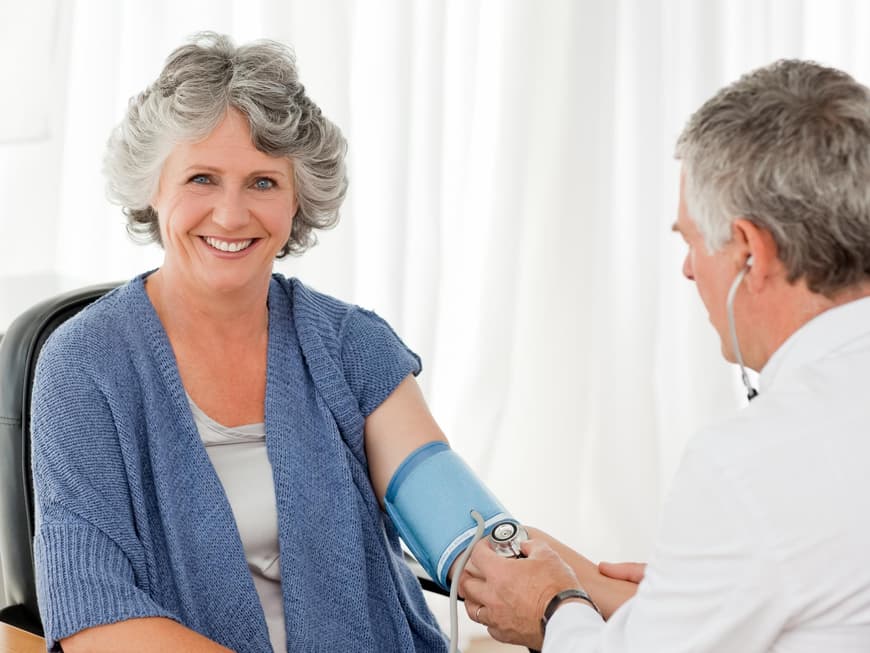
Researchers have been able to show that blood pressure values fluctuate greatly during the day, including at the doctor's surgery. Around 15 percent of the participants had much lower values at the doctor's than in a subsequent long-term measurement. In this measurement, the patient wears the measuring device on their body for several hours. This curious phenomenon is called masked blood pressure. There is also the white coat effect. The opposite is the case here. The values are higher because the patient is excited. As the German Hypertension League (DHL) explains, at least three doctor's measurements on two different days are necessary to find out how the blood pressure actually is. In addition, the values that patients measure themselves at home should also be taken into account. If this is not sufficient, additional long-term monitoring makes sense.
Use a reliable measuring device
If you measure yourself, you should make sure that the device works accurately. The High Pressure League's seal of approval provides guidance when buying. The following products have already been awarded this seal: Aponorm Professional Touch, Beurer BM 28 and Omron RS2. A detailed list is available online here. The question also arises: Can digital networking not also be used in this area? In concrete terms, this means that the measuring device automatically sends the data to the doctor. There it is compared with limit values. If the values are too high, the patient is notified. The new European project EUSTAR has just been launched, in which the benefits of such a network are being examined. The hope is that it will help to improve treatment outcomes and prevent hospital stays.
Another innovation is health apps for smartphones that display blood pressure. However, it is not always clear whether they follow the guidelines for doctors and whether the data is protected. The Hypertension League is therefore planning a certificate. It is not yet clear when the first apps will be certified.
